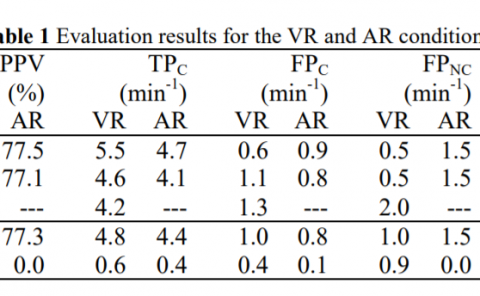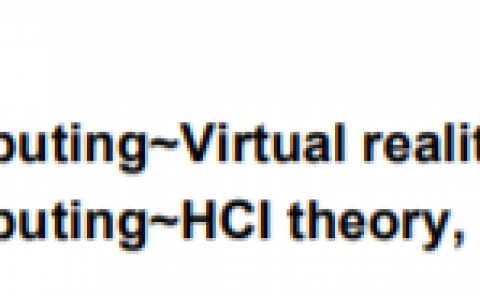Advanced liquid crystal devices for augmented reality and virtual reality displays: principles and applications
PubDate: May 2022
Teams: , University of Central Florida
Writers: Kun Yin, En-Lin Hsiang, Junyu Zou, Yannanqi Li, Zhiyong Yang, Qian Yang, Po-Cheng Lai, Chih-Lung Lin & Shin-Tson Wu

Abstract
Liquid crystal displays (LCDs) and photonic devices play a pivotal role to augmented reality (AR) and virtual reality (VR). The recently emerging high-dynamic-range (HDR) mini-LED backlit LCDs significantly boost the image quality and brightness and reduce the power consumption for VR displays. Such a light engine is particularly attractive for compensating the optical loss of pancake structure to achieve compact and lightweight VR headsets. On the other hand, high-resolution-density, and high-brightness liquid-crystal-on-silicon (LCoS) is a promising image source for the see-through AR displays, especially under high ambient lighting conditions. Meanwhile, the high-speed LCoS spatial light modulators open a new door for holographic displays and focal surface displays. Finally, the ultrathin planar diffractive LC optical elements, such as geometric phase LC grating and lens, have found useful applications in AR and VR for enhancing resolution, widening field-of-view, suppressing chromatic aberrations, creating multiplanes to overcome the vergence-accommodation conflict, and dynamic pupil steering to achieve gaze-matched Maxwellian displays, just to name a few. The operation principles, potential applications, and future challenges of these advanced LC devices will be discussed.



